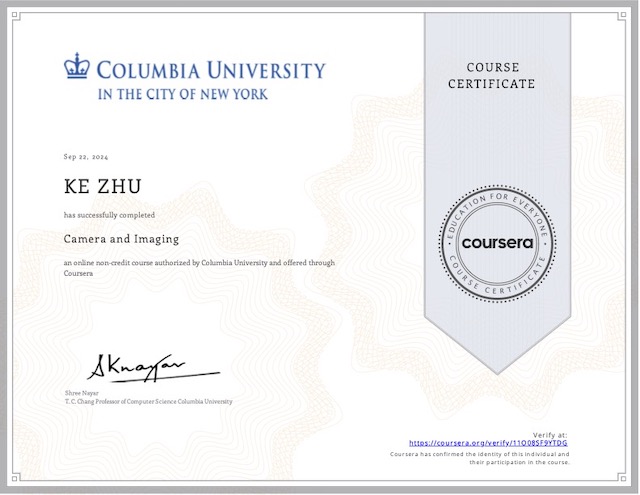Hyman Minsky had something called financial instability hypothesis, suggesting that there was something inherently unstable about financial system and that the role of the central banks is to kind of put bounds on that and prevent it from flying off into space.
Flow of Funds
Flow of Funds is a set of accounts that was developed by Morris Copeland.
Sources and Uses Account
This is a conceptual framework, and it is completely inclusive. Every transaction is going to fit into one or the other of these categories. The value of this framework is that you can use this to sort your way through pretty complicated kinds of transactions. Everything here is a flow:
| Uses | Sources | |
| Expenditures | Receipt | Goods + Services |
| Accumulation (buy a stock) Repayment Hoarding | Decumulation (sell a stock) Borrowing Dishoarding | Financial Assets Financial Liabilities Money |
There are 2 rules that order how you sort your way:
- Every use has a corresponding source, and vice versa.
- Every agent’s use is some other agent’s source. and vice versa.
Once you appreciate this, you start to see the economy, and everything is connected. To describe one simple transaction is always going to take at least 4 entries (2 persons, 2 entries for each person).
Pure credit system
Suppose there is no money in this world, or we haven’t agreed on it. We still could do transactions with pure credit by keeping track of accounts. The quantity of outstanding IOUs are increasing when we make a transaction, i.e., we are writing new piece of “paper”. Whereas, when we did it with money, we are just exchanging existing pieces of “paper” back and forth.
When “You” and “Me’ don’t trust each other, but trust some 3rd party. The 3rd party (bank) is accepting Me IOU and issuing new IOU (M). M is the liability of the bank, it comes from nowhere, it is just an expansion of the balance sheet. This how modern economy works.
| Me Debit | Credit | Bank Debit | Credit | You Debit | Credit |
| +Goods | +IOU | +IOU | +M | -Goods +M |
Payment system is a credit system (not a money system). It has to be a credit system in order to have sufficient elasticity to ensure that people who want to make mutually advantageous trades are able to make mutually advantageous trades, even if they don’t have any money (gold, the discipline thing). Credit is necessary in order to facilitate elasticity in the system.
To analyze how financial commitments effect the economy, it is necessary to look at economic units in terms of their cash flows. The cash flow approach looks at all units, be they households, corporations, state and municipal governments, or even national governments, as if they were banks.
Hyman Minsky’s magnum opus, Stabilizing an Unstable Economy Twentieth Century Fund Report 1986
Minsky is pushing a macro-economic perception that is from Morris Copeland. But from micro-economic point of view, the key consequence of taking a money flow is the emphasis on something called “liquidity constraints”, “survival constraints” or “reserve constraints” which is your problems, instead of “budget-constraints” which is economists’ concern.
Survival constraint:
Cash inflow >= Cash commitmentMorris Copeland is really talking about the alignment of cash flows and commitments in time. An example of payment mechanism of how credit card works:
| Me Uses | Me Sources | Bank Uses | Bank Sources | Rest. Uses | Rest. Sources | |
| Dinner | Receipt | G/S | ||||
(3) Repayment | IOU (3)Dishoarding | IOU (2) Repayment (3) Hoarding | (3) Decumulate IOU (MC) (2) Dishoarding | IOU (MC) (2) Hoarding | (2) Decumulate | Assets Liabilities Money |
What Morris Copland had in mind that the Keynesians C + I + G + X - M = Y is not a good framework for thinking about the macro-economy, because it is focusing on new production, and does not take into account personal sales of existing assets. He also said Monetarists MV = PT is also not a good framework, because it focuses on M, and treating all transactions as if they are made with money, but in reality most of the economy is credit transaction. Unfortunately, there is no macro-economic theory that hung onto Flow of Funds.
The balance between the pattern of cash flows and the pattern of cash commitments is what is determining the short term interest rate, at any moment in time. The balance is true for each individual, but also true for the economy as a whole. In a world in which there is a lot of people who have cash flows that are inadequate to meet their cash commitments, you are going to have a financial crisis. This is the Minsky point. We watch money market, which is our detector for crisis, for stress.
The liquidity matters, not just solvency. If you look at the balance sheet, what you see is solvency, you need to look behind that at the time patterns in order to see the “fragility” that is building up.
My Certificate
For more on The Flow of Funds Theory, please refer to the wonderful course here https://www.coursera.org/learn/money-banking
Related Quick Recap
I am Kesler Zhu, thank you for visiting my website. Check out more course reviews at https://KZHU.ai



